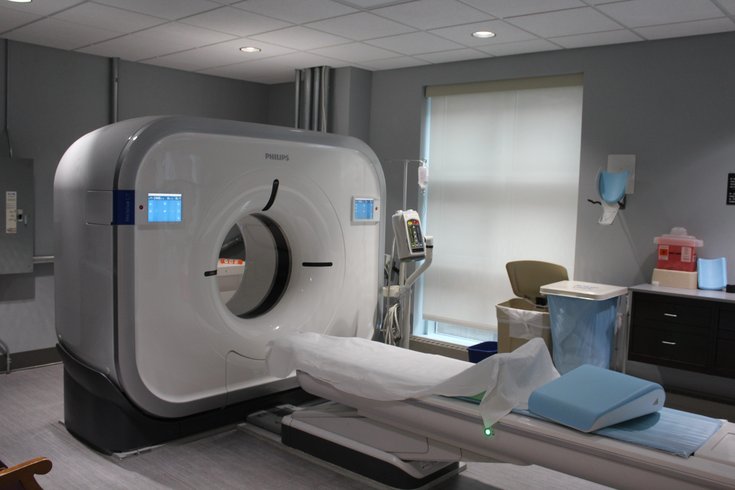Unnecessary imaging scans are aggravating climate change, a new study found. The study concluded that 4% to 26% of MRIs , CT scans , ultrasounds and X-rays are inappropriate, adding that the excess carbon dioxide emissions created by that imaging is enough to power a town of 70,000 people for one year. "Overuse of imaging is a strain on our healthcare system and radiology workforce," the study's senior author Dr.
Michael Atalay, director of cardiac imaging at Brown University, said in a release . Calling excess imaging into question is not a new subject in health care. A 2015 Consumer Reports investigation found CT scans were being done too frequently.

There were 3 million CT scans conducted in 1980, but by 2015, that figure had jumped to 80 million. A 2021 study found the majority of low-risk surgery patients receive unnecessary imaging before their procedures. To reduce wasteful imaging, a 2024 paper argued that before ordering imaging, health care providers should evaluate its value and cost, including the risk of radiation to the patient and emissions to the environment.
For the new study, researchers tried to identify the extent to which unnecessary medical scans are contributing to global warming via greenhouse gas emissions, using imaging data from 30,000 people who received Medicare between 2017 and 2021. They found unnecessary CT scans accounted for half of the excess emissions and MRIs for about another quarter. "These findings add an additional, important reason to reduce inappropriate imaging utilization, which would also decrease the risk and cost to patients, cost to the healthcare system, and volumes contributing to the current radiology workforce shortage," Elizabeth Rula, executive director of the Neiman Health Policy Institute in Reston, Virginia, said in a statement.
The study took into account energy used when scanners were in stand-by mode or in the production phase between scans..
Health

As much as 26% of medical imaging is unnecessary — and contributing to climate change, study finds

The carbon dioxide emissions caused by excessive MRIs, CT scans, ultrasounds and X-rays are enough to power a town of 70,000 people for one year, a new study finds. Researchers found 4% to 26% of medical imaging to be unnecessary.















